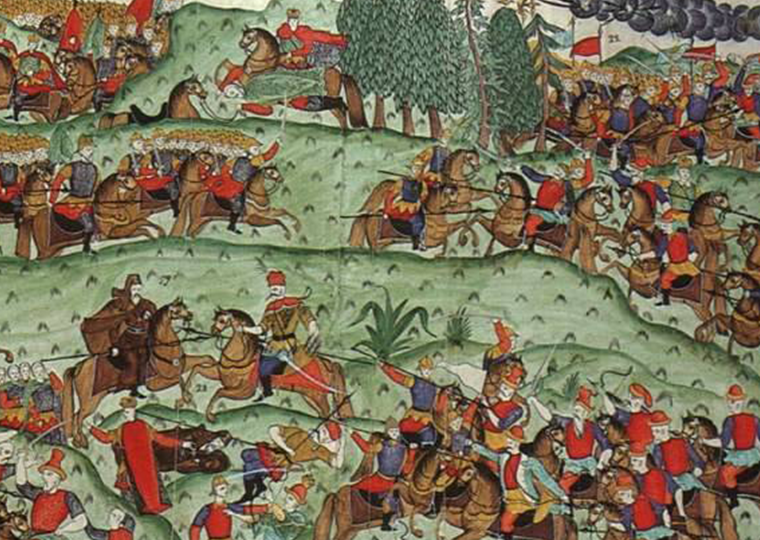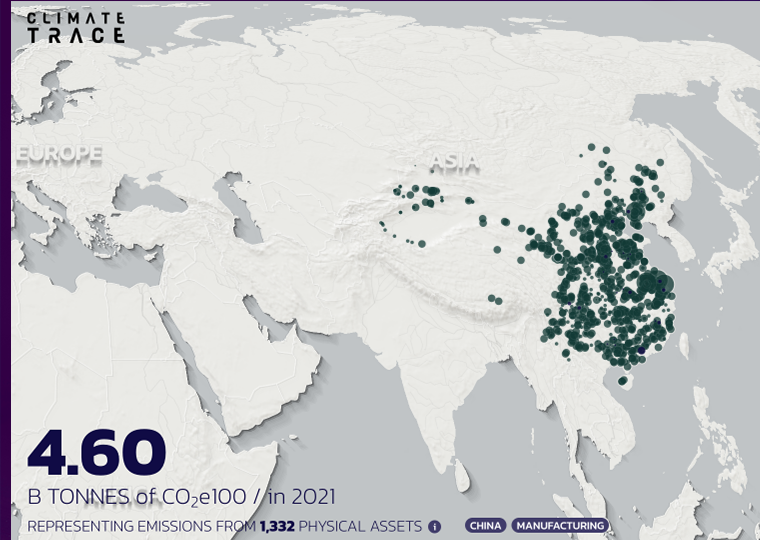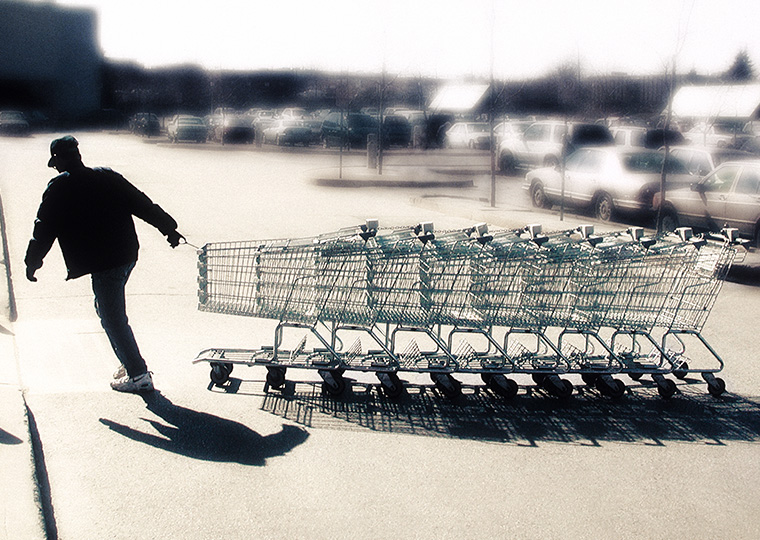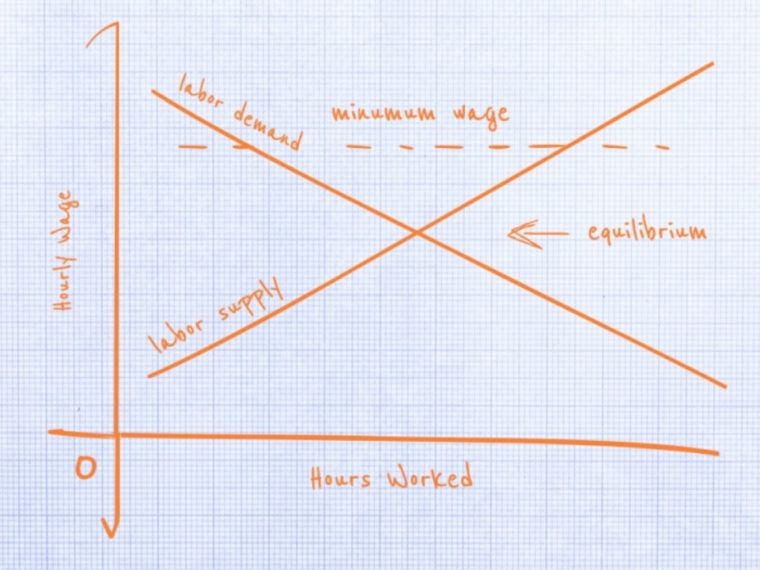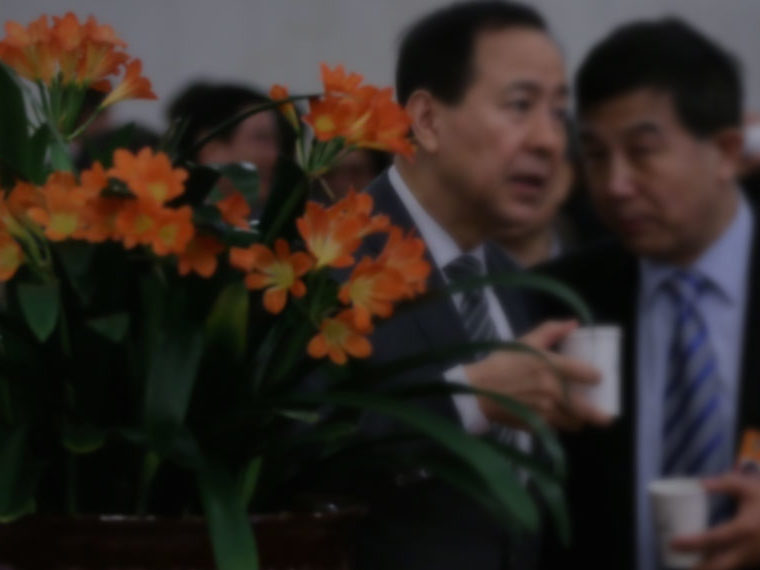States that raise rates curtail out-migration but do not attract more outsiders
Suppose you work as a dishwasher in a Texas diner earning the state minimum wage of $7.25 an hour. Just over the border in New Mexico, that same job pays the state minimum of $12 an hour. Would you move explicitly for the higher rate?
Many low-wage workers’ moving patterns are affected by minimum wages, a working paper suggests. When a state with a lower rate raises its minimum wage, it slows some of that exodus to higher paying states, according to the paper by the Federal Reserve’s Robert Minton and UCLA Anderson’s Brian Wheaton. Conversely, rate increases did not appear to entice more out-of-state workers to move in.
The paper may have ramifications for the broader study of minimum wage, particularly as it applies to one of the field’s most hotly debated topics: employment effects. Do employers cut jobs or work hours following forced wage increases to keep payroll costs down?
It’s perhaps the most important question for developing minimum wage policy that really does lead to more income for poor workers. Yet despite hundreds of studies over more than half a century, there is still little agreement on an answer.
Minton and Wheaton’s findings offer a tiny bit more support for the notion that employment levels don’t suffer when minimum wages rise. Low-wage workers see these increases as good for their earnings potential, not threats, according to their findings. If they were losing jobs or hours after increases, there should be more workers leaving after rate hikes, not fewer.
But a potentially more disruptive point arising from the paper relates to a technical research problem that has long plagued academics in this work. Minton and Wheaton suggest that these migration patterns may be biasing the findings of a whole lot of studies in the field — a new wrinkle to an already messy problem.
The Design Dilemma
Much of the disagreement about minimum wage rate hikes’ effects boils down to disagreements about research design. There’s simply no easy way to study rate changes in the real world and be sure the effects observed are not due to something else.
Many studies take standard approaches that compare employment, in various ways, in a place that raised minimum wage to the same in a place that did not. However, the approach requires devising creative techniques, such as collecting data about groups similar to the groups under study, to account for a plethora of factors likely to have affected only the treatment group (the place that changed rates) or only the control group. The field’s experts disagree about what techniques are useful.
Minton and Wheaton’s paper suggests that results from many of the above-described minimum wage studies may be biased by workers’ movements following rate hikes.
“Some of the population of interest is leaking between the treatment group and the control group,” right at the time their earnings are under observation, the authors write. Consequently, some individuals who were actually affected by a minimum wage increase may end up being included in the control group (or vice versa) — precisely because their migration patterns changed in response to the minimum wage increase. For example, the average wage in a state that has increased its minimum wage will be dragged down, surprisingly, by the fact that more low-wage workers are choosing to stay in that state than if it had not increased its minimum wage.
Migration for Wages
Minton and Wheaton used data gathered annually in the American Community Survey to analyze wages and migration patterns of hundreds of thousands of minimum wage and near-minimum wage workers in the U.S.
They first compared migration patterns of workers earning $1 or less above minimum wage in states that increased the rate with similarly earning workers in states that didn’t.
They then compared cross-state migration patterns of two sets of workers within a single state: those earning $1 or less above minimum wage and those earning $1 to $6 more. The setup is meant to isolate workers that move mainly because of minimum wage changes, not other local policy changes like school issues or tax credits. Without any wage change, the researchers hypothesized, the moving patterns of these demographically similar populations should be similar. (Some cities mandate higher minimum wages than their state rates. The study did not address wage-related moves within states due to lack of availability of city-level migration data.)
They also compare movements in and out of states that were affected by a mandated federal minimum wage rate hike — aka, states that had to raise their current minimum wages to meet the new federal minimum — to movements in states where rates already met or exceeded the new requirement.
This approach also is meant to cull the effects of state-level issues that might influence migration. Local minimum wage changes are sometimes packaged into legislation with other changes that may affect low-wage workers, the authors note. They reasoned that federally induced wage increases were less likely to come with other changes that would affect only their treatment group or only the control populations.
All of the analysis shows lower rates of out-migration after minimum wage increases. The rate hike curtails more moves by people who earn $1 or less above minimum wage than those earning $3 more; the group earning $5 more is even less affected. The strongest effects were seen in the federal rate change experiment.
Conversely, all their analysis finds that states that raise minimum wage see little change in numbers of low-skilled workers moving in. While the change inspires some minimum wage workers to stay put, it does not immediately prompt lower-paid outsiders to flock in for the higher rates, the findings suggest. Minton and Wheaton argue this is consistent with the existence of moving costs. Moving to a whole new state in search of a new minimum-wage job is much more costly than forgoing a move and staying put.
Featured Faculty
-
Brian Wheaton
Assistant Professor of Global Economics and Management
About the Research
Minton, R. and Wheaton, B. (2022). Minimum Wages and Internal Migration.

